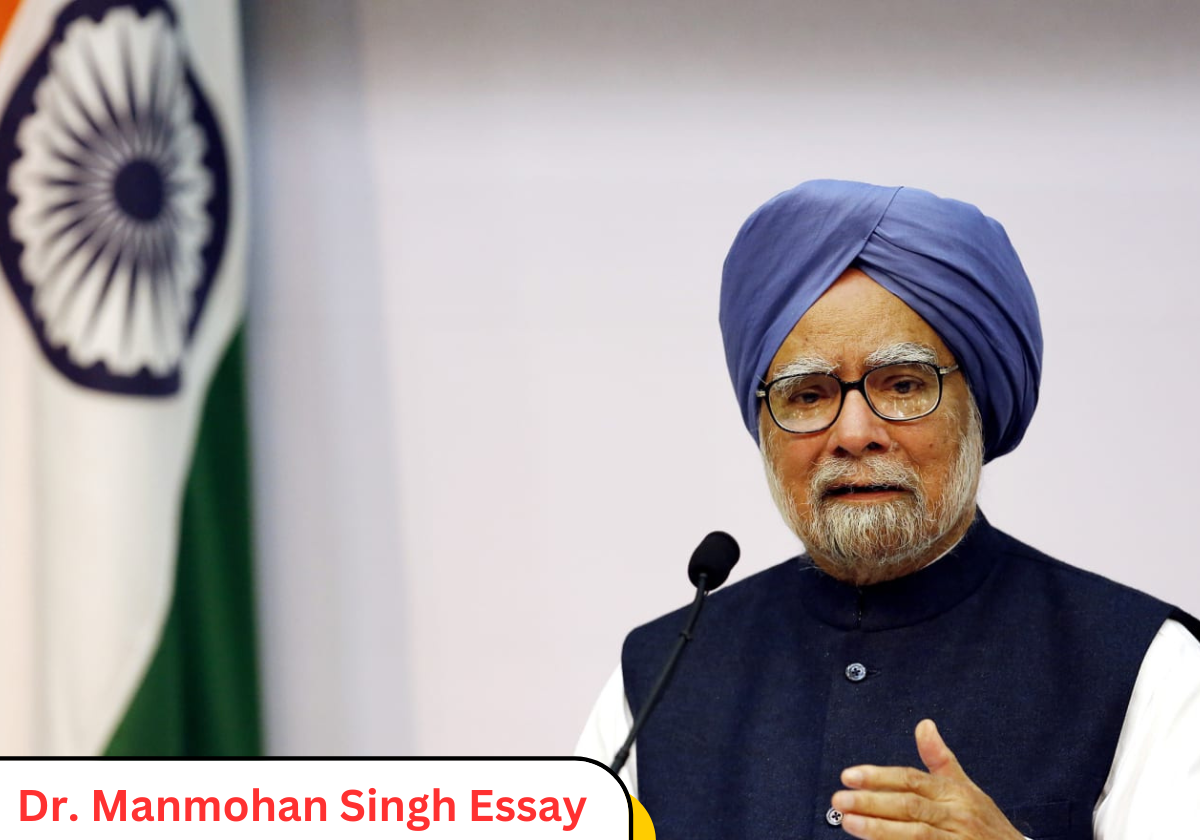The Architect of India’s Economic Reforms
As the 14th Prime Minister of India, Dr Manmohan Singh is often credited as a transformative figure in the political and economic landscape of India. He held the office of Prime Minister for 10 years, from 2004 until 2014, and is known for initiating economic liberalization policies during India’s 1990s reforms. DrDringh is known for his remarkable intellect, humility and honesty, his life chronicles a tale of struggle, scholarship and allegiance to the nation.
Early Life and Education
Dr. Manmohan Singh was born on September 26th, 1932 in Gah, a small village that was incorporated in Pakistan post-1947 Partition. His family account was quite humble, and the chaos that erupted in the Subcontinent made it worse as his family relocated to Amritsar. Nevertheless, an extraordinary young Manmohan managed to top most academic charts.
Singh completed his education at the Hindu College in Amritsar but was enrolled at Punjab University, earning a degree in Bachelor of Economics in 1952. He was a bright young man who received a Master’s Degree in 1954 from Punjab University, securing first place in the entire Punjab Province. This academic tribute caught the eye of a higher education institute, and he received a scholarship to the British University of Cambridge, where he obtained a degree in Economics in the year 1957.
His interest in academia led him to pursue a D.Phil. at Nuffield College, Oxford University. In 1962 He completed his thesis as part of the requirements for the Conferring of the D.Phil. Title, which sought to analyze the competitiveness of Indian exports. His numerous academic accolades made him one of the most eminent economists in India.
Career as an Economist and Policy Maker
Dr. Singh’s professional career began with teaching posts at Punjab University and the Delhi School of Economics. While still with DSE however, Dr Singh was active in policy as he was in the implementation of policy.
UN and Early Roles:
During the 1960s, Dr. Singh worked at the UNCTAD, this experience provided him with much exposure to trade.
Return to India:
Dr. Singh was appointed adviser to the Ministry of Foreign Trade in India in 1971. That same year, he was appointed as the chief economic adviser, a position he held until 1976. He also served as the secretary to the Ministry of Finance (1976- 1980) and later as the governor of the Reserve Bank of India (1982 – 1985). In 1985 he was appointed as deputy of the Planning Commission and held that position until 1987.
Architect of Economic Reforms
In 1991, India witnessed a gulf in the social, political, and economic domains as a scholar like Dr. Singh’s career-defining moment. The balance of payments crisis largely stemmed from the declining gross foreign exchange resources of India. It was during those troubled times, that Indian Prime Minister P.V. Narasimha Rao made Dr Manmohan Singh India’s Finance Minister.
Thanks to Dr. Singh, India now experienced certain economic reform policies. Some of the most critical revolutions were of course the revocation of the License Raj, lowered tariffs and trade restrictions, and more importantly International investment in various industries. These were steps that not only helped alleviate the immediate crisis but also helped put India on track to becoming one of the most rapidly increasing economies in the world.
During that phase, Dr Singh’s speeches on the budget contained an emphasis on the integrated economy that was open towards globalization. The reforms were best captured by the saying ‘An idea whose time has come cannot be stopped by any power on earth’. Change was resisted at several levels but what most historians and economists would agree on is that this was a watershed event in the economic history of the country.
Political Career and Prime Ministership
As a Minister of Finance, Dr Singh performed outstandingly and consequently attracted attention as a political figure. In 1991, he was elected to the Rajya Sabha (the upper house of Parliament) and remained a member for several decades and his constituency was Assam.
He was the Prime Minister of India from (2004-2014):
In the year 2004, the Congress Party spearheading the United Progressive Alliance (UPA) won the general elections. The President of the Congress Party, Sonia Gandhi appointed Dr Man Mohan Singh as the Prime Minister. This was seen as a highly appropriate decision because of the former’s standing and being competent.
During his two terms as the Prime Minister of India, Dr Singh was the driving force behind several landmark reforms:
- Economic Growth: The growth rate of the Gross Domestic Product (GDP) of the country reached new heights making India one of the fastest-growing economies in the world.
- Social Welfare Programs: Programs intended to reduce poverty and inequality in education, such as the Mahatma Gandhi National Rural Employment Guarantee Act (MGNREGA) and the Right to Education Act were implemented.
- Nuclear Agreement: It was during Dr Singh’s regime that the 2008 India-U.S. Civil Nuclear Agreement was signed, which ended India’s nuclear hibernation and ensured it had energy resources.
- Foreign Policy: With his vision, India was able to expand its relations with the United States of America, Russia and China and developed relations with neighbouring countries.
Challenges and Criticism
So much was accomplished during the time Dr Singh served as the Prime Minister. However, there were several challenges that the office was faced with. Such criticisms included allegations against the UPA government concerning corruption that had cases such as the 2G spectrum case and the coal allocation scam. There were also criticisms about Dr Singh being very passive and unassertive when it comes to managing these concerns.
Further, in his second term, there was an economic recession and subsequent inflation that followed that resulted in the public growing unhappy. Regardless of these challenges, Dr Singh was able to uphold esteem about his character and the work that he did for India.
Personal Life and Legacy
Dr. Manmohan Singh’s spouse is Gursharan Kaur and they have three daughters. In terms of character and temperamental disposition, Dr Singh is known for being quite humble and modest and he has throughout his life preferred to allow his work to talk for itself.
However, his position as the man who initiated the economic reforms in India as well as a leader who cares about the development of all continues to be held in high regard. Indeed, in honour of his efforts, Dr Singh has been awarded many distinctions including Padma Vibhushan in 1987.
Conclusion
The case of Dr Manmohan Singh is one of the most compelling touchpoints for the concept of transformational leadership and vision in India. Nod, From a small village in Punjab Singh’s rise to being one of the commanding leaders in India has been inspiring to say the least. As an economist, as a reformer, or as a Prime Minister, one may say his role was to be ever working for the good of India. Indian society has shown recognition of his style of politics which is marked by calmness, ethical tendencies, and emphasis on inclusive social growth.
In several ways, Dr Singh is a role model such as for hope, the importance of education, hard work, and dedication to the country, for future generations in search of treasure.

